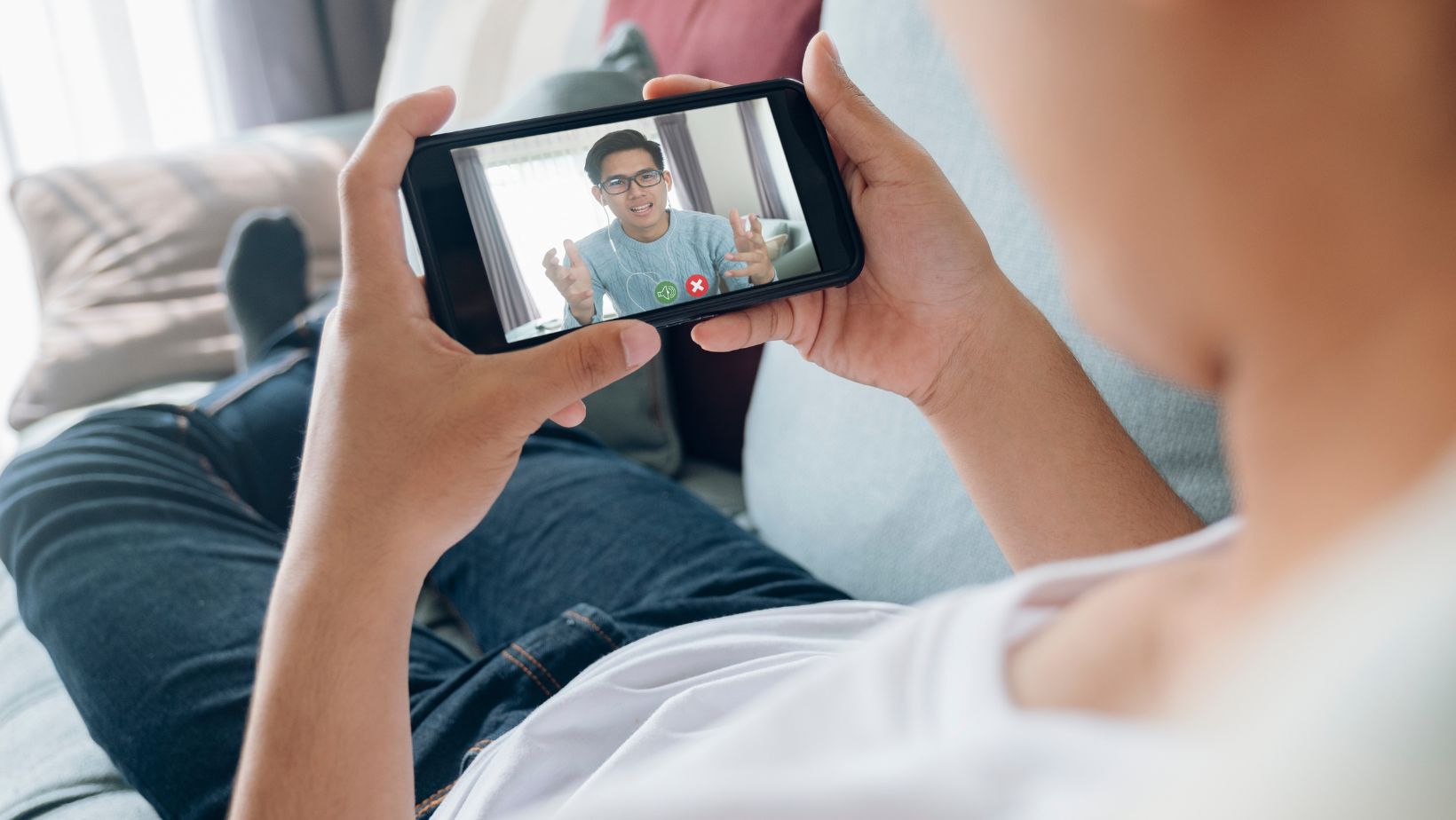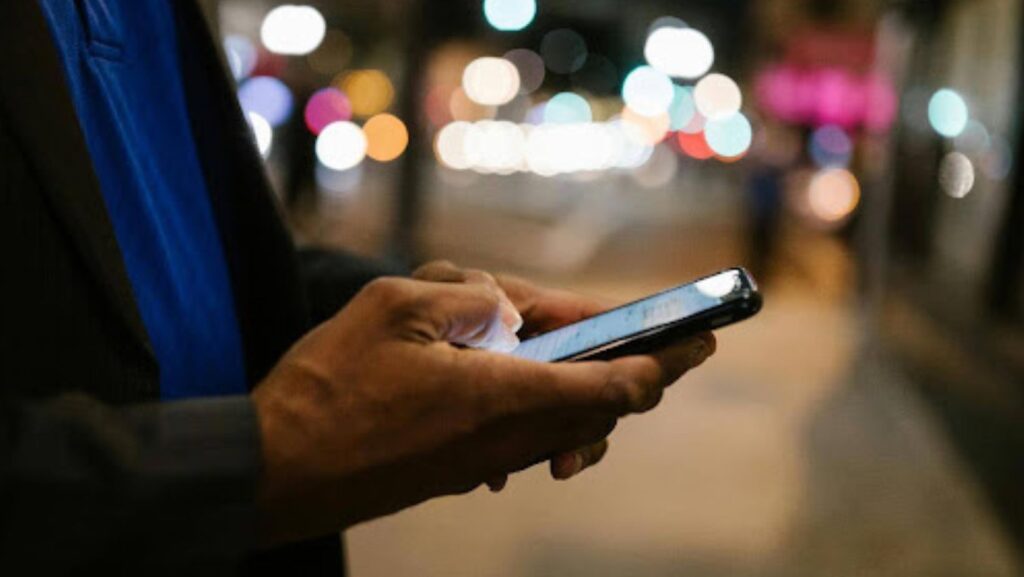Friendship used to mean shared lunches, handwritten notes, or phone calls that stretched deep into the night. Today? It’s often a glowing screen, a notification ping, and a string of emojis. Technology has not erased friendship—it has rewritten its code. From instant messages to video calls, we now maintain emotional closeness across cities, continents, even time zones. Studies by Pew Research show that over 70% of adults keep in touch with close friends primarily through digital communication, a sign that friendship has adapted to the rhythm of modern life.
But adaptation doesn’t come without friction. Modern friendships, reshaped by technology, can be both more accessible and more fragile.
The Bright Side: Closeness Without Distance
There’s something miraculous about sending a message to a friend in another country and getting a reply in seconds. Distance no longer defines closeness. Shared photos, quick voice notes, group chats—they all keep the rhythm of connection alive. Technology gives us tools to maintain bonds that might otherwise fade under the pressure of time and geography.
One of the most celebrated benefits of digital connection is finding new friends online. Social platforms, interest-based communities, and casual video chats have opened doors once locked by geography or circumstance. Today, anyone can meet strangers instantly and try to find common ground. They all have different stories and emotional qualities. And all this is available directly on a smartphone or PC through CallMeChat and similar platforms for anonymous communication. For introverts, travelers, or anyone seeking authentic interaction, this is revolutionary.
Gaming communities, book clubs, fitness apps—all have become digital meeting spots where modern friendships are born. A generation ago, that would have sounded improbable. Now, it’s the new normal.
The Hidden Costs: When Screens Replace Souls
Still, every innovation casts a shadow. Technology gives us connection, but sometimes it replaces real contact. The endless scroll through feeds can make us feel informed about friends’ lives while leaving us strangely isolated. A “like” can feel like communication, though no real exchange has occurred.
Psychologists warn about the illusion of intimacy. Seeing a friend’s post about their weekend doesn’t equal knowing how they truly feel. Digital proximity doesn’t always mean emotional closeness. In fact, according to data from the American Psychological Association, nearly 60% of young adults report feeling lonely, despite being constantly connected online.

Another quiet danger lies in comparison. Friends’ highlight reels can create pressure—everyone else seems happier, more successful, more social. Technology, then, becomes both a bridge and a mirror that distorts.
The Algorithm of Friendship: Convenience and Control
Modern friendships are often governed by invisible algorithms. What you see, whom you talk to, even which friend’s post appears first—it’s not random. Social media platforms design interactions to keep you engaged, not necessarily fulfilled. As a result, your sense of connection may be subtly curated by code.
On the other hand, technology also makes managing relationships easier. Forgotten birthdays? Calendar reminders. Lost contacts? Cloud storage. Want to reconnect after years? One search, one message, one emoji—done. Efficiency, yes, but sometimes at the cost of depth.
Friendship becomes something that fits into the gaps between notifications. The human part—the unpredictable pauses, the emotional silences—risks being compressed into messages under 200 characters.
The Balance: Digital Doesn’t Mean Distant
Healthy modern friendships require balance, a rhythm between online presence and real-world connection. Technology is a tool, not a replacement. To maintain strong bonds, experts suggest setting small but intentional habits:
- Schedule offline time. Meet in person when possible. A single face-to-face conversation can do what fifty messages cannot.
- Use technology consciously. Send thoughtful voice notes or long texts instead of one-word replies.
- Protect emotional privacy. Not every moment needs to be shared online.
- Diversify communication. Mix calls, texts, and real meetings—variety keeps relationships alive.
Even small actions, like turning off notifications during a conversation, can restore the sense of attention that friendship deserves.
How Technology Shapes Emotional Language
Something subtle is changing in how we express care. Emojis, gifs, memes—they form a new emotional shorthand. A single heart icon can mean “I understand,” “I miss you,” or “I’m here.” It’s faster but also ambiguous. The art of emotional expression is evolving.
This shift isn’t all bad. For many, digital symbols make expressing emotion easier. Some people who struggle to say “I love you” aloud find comfort typing it or sending a symbol that speaks for them. Technology, then, gives emotional permission where traditional conversation might not.
The Future of Friendship: Hybrid Connections
Looking ahead, friendship is becoming hybrid—a blend of digital and physical. Virtual reality hangouts, AI-driven social apps, and shared digital spaces are already changing what “spending time together” means. Some friends meet inside online worlds, build projects, share playlists, and celebrate birthdays virtually.
But the essence remains timeless: friendship thrives on empathy, trust, and shared experience. Whether through screens or smiles, those elements define connection.
A recent global survey by Deloitte suggests that over 80% of people under 35 maintain at least one close friendship entirely online, yet many of them feel these relationships are just as meaningful as traditional ones. The form changes; the feeling does not.
Final Thought: Connection, Not Replacement
Technology has not destroyed friendship—it has redefined it. Modern friendships are faster, more global, more convenient, and sometimes more complicated. The key lies in remembering that digital tools amplify human connection but should never replace it.
It’s easy to stay connected. It’s harder to stay truly close. But with awareness, empathy, and a few boundaries, modern friendships can thrive both on-screen and off. After all, technology may shape the way we meet, but it’s still the human heart that decides how we bond.


